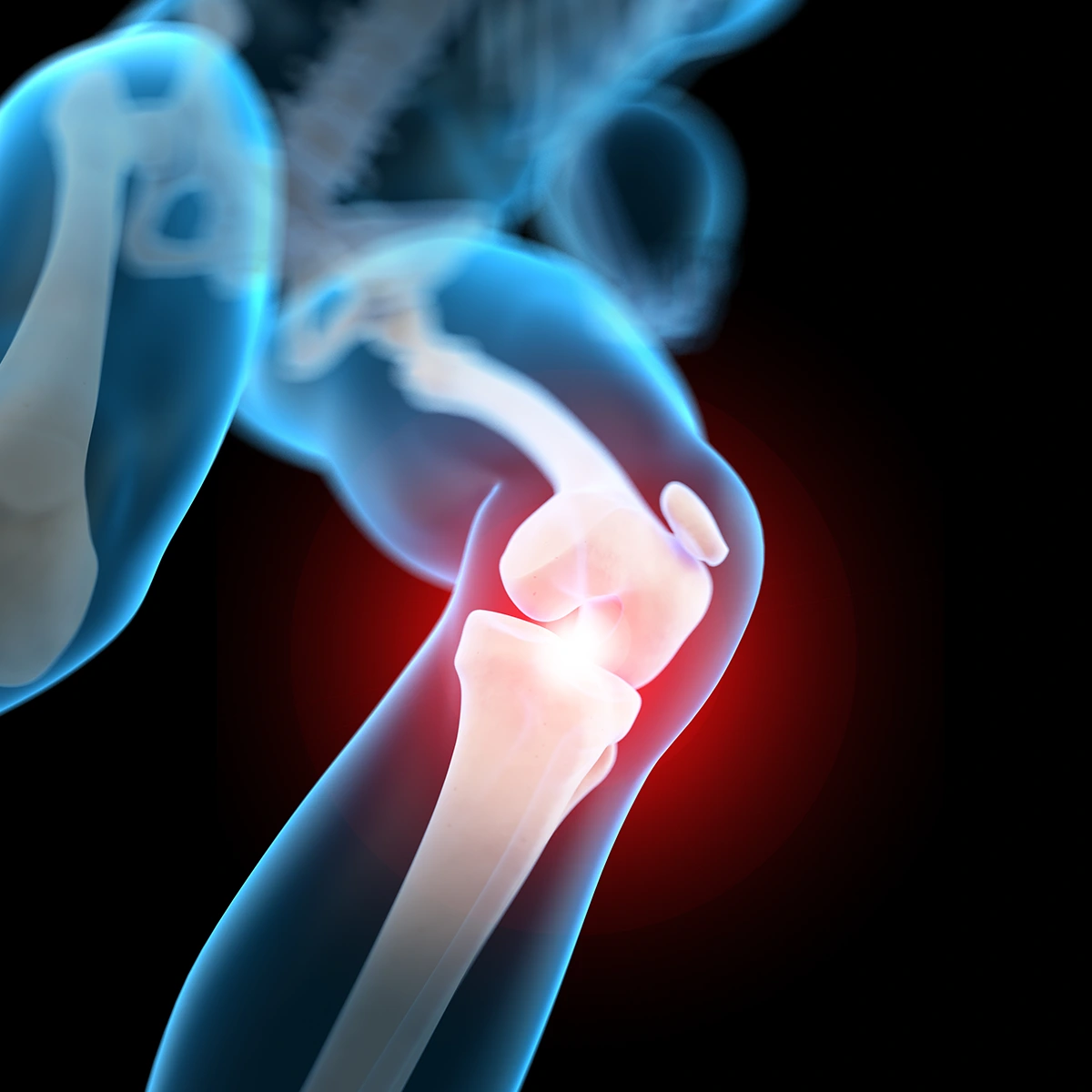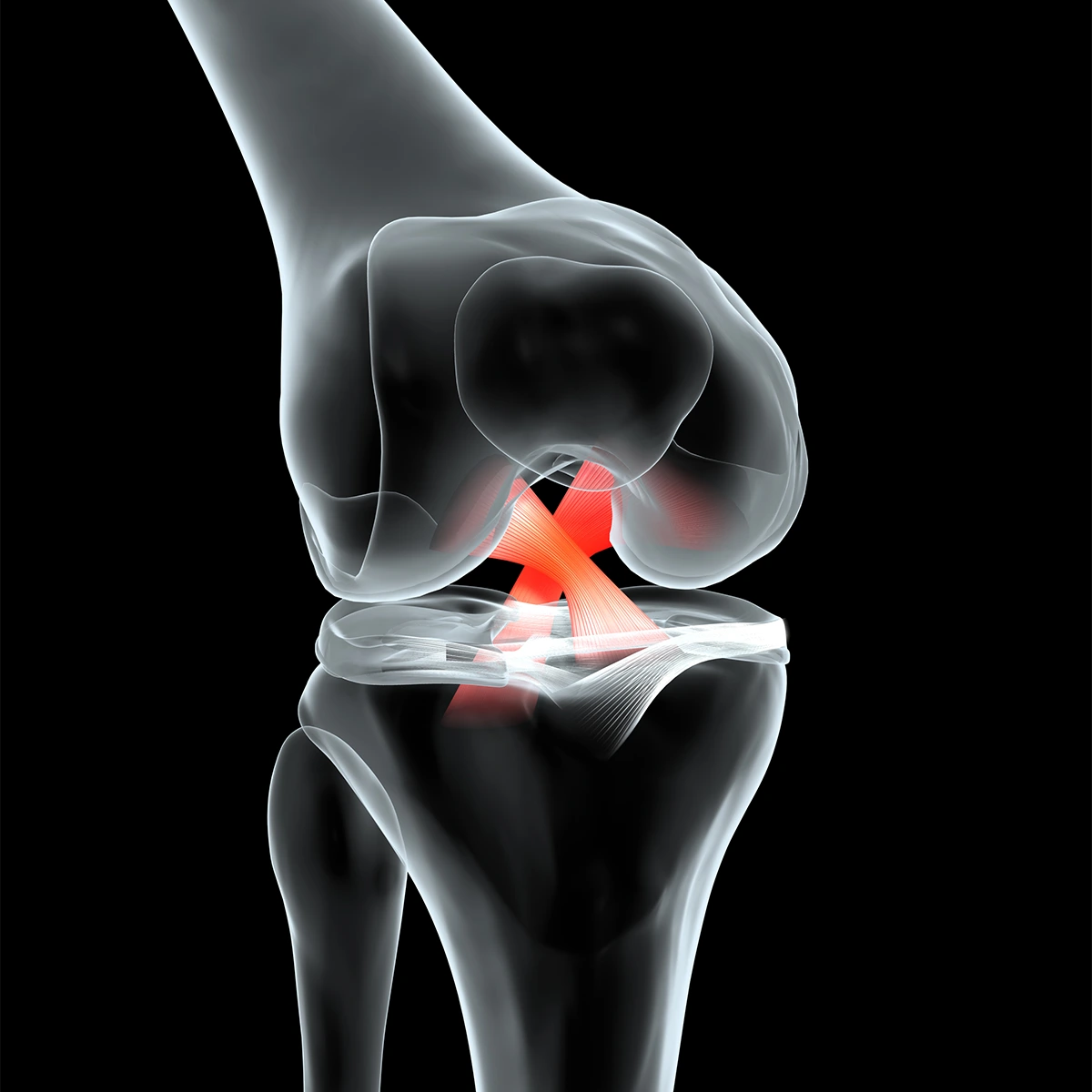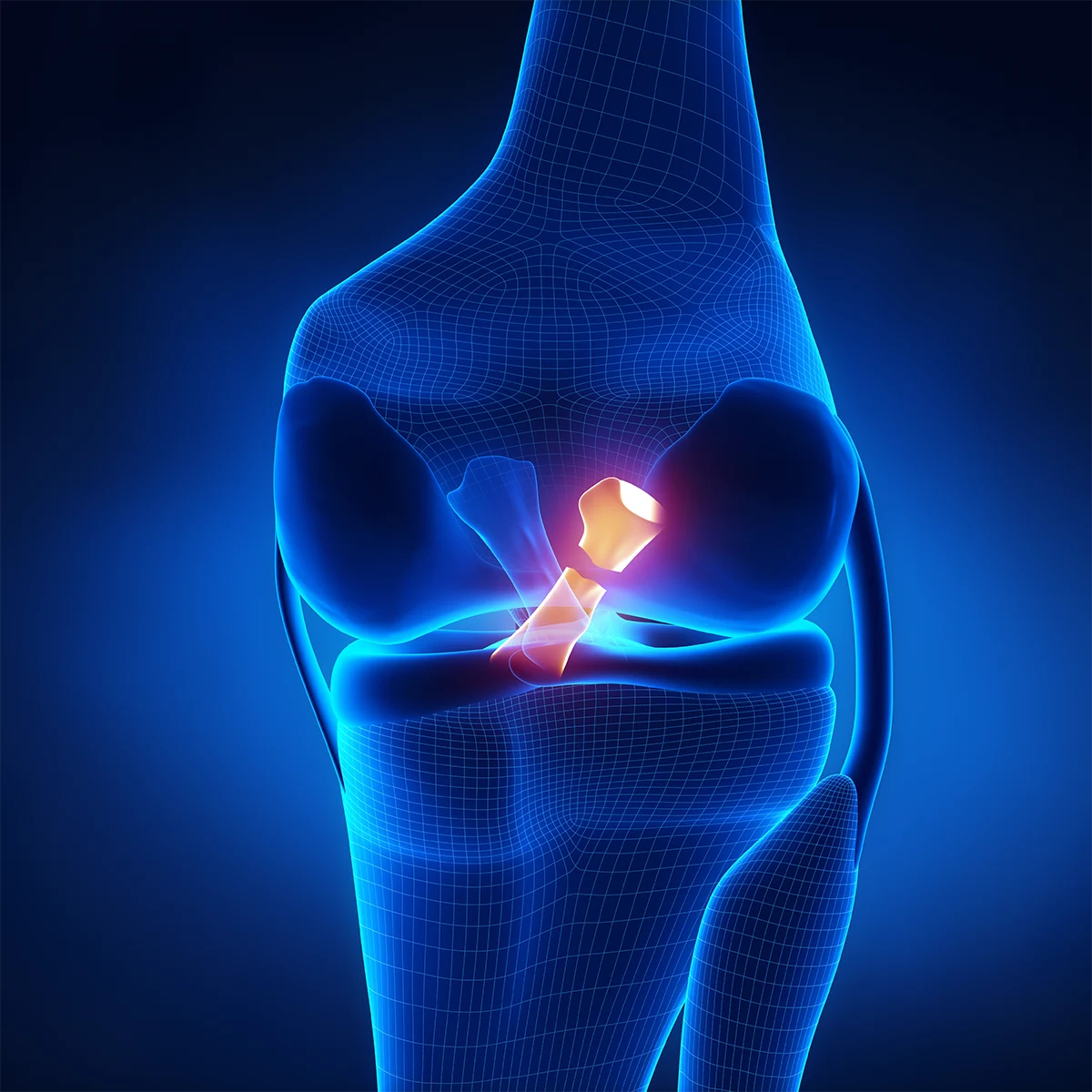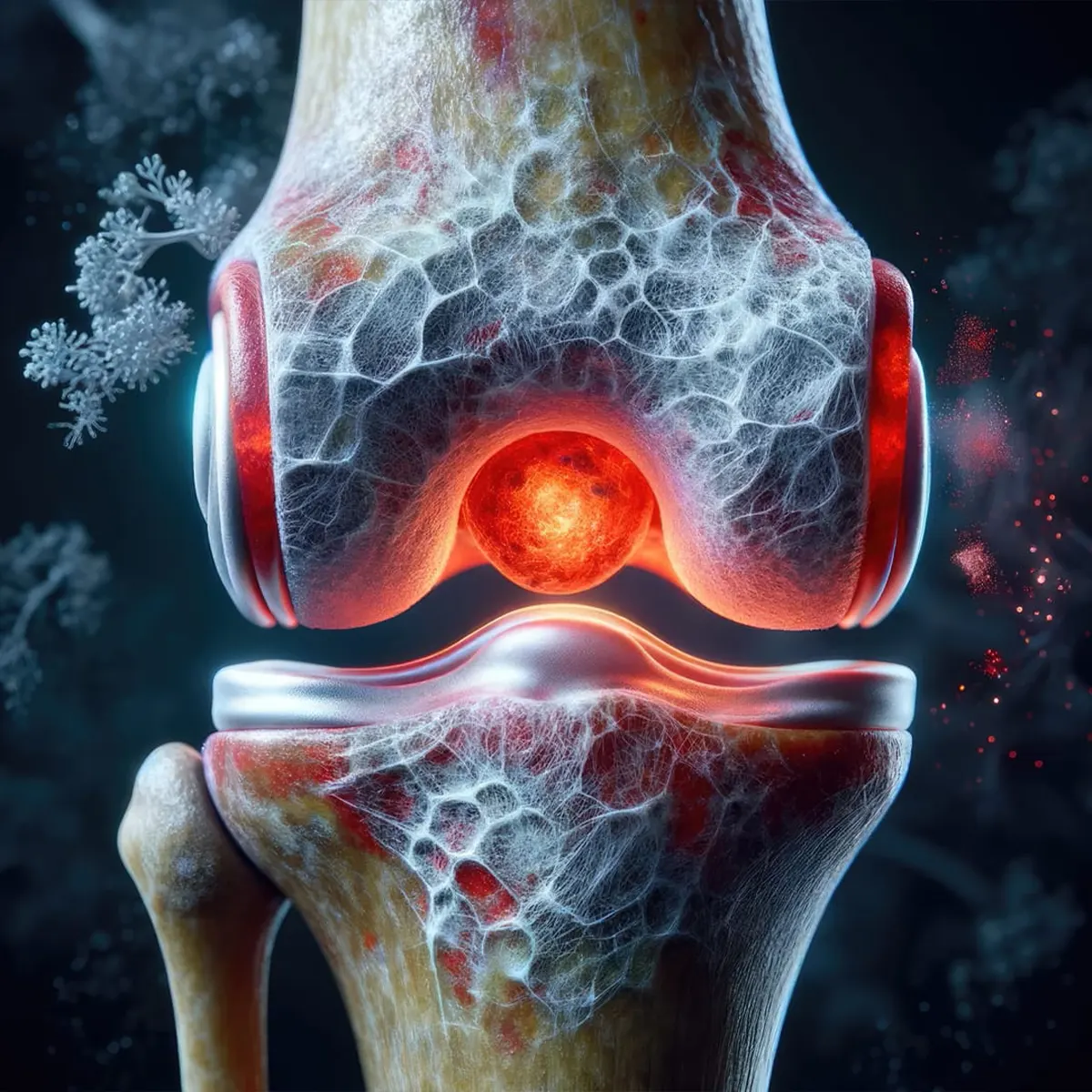A patella fracture, commonly known as a kneecap fracture, occurs when the bone covering your knee joint breaks. This type of injury typically results from a traumatic incident like a fall or a direct impact to the kneecap. Patella fractures can range from simple to complex, with some cases necessitating surgical intervention. The recovery process can be lengthy, often accompanied by common side effects.
A patella fracture typically results from a direct impact to the knee. Depending on the force, the fracture can manifest as a hairline crack, a break into two pieces, or a shattering into many small fragments. Such fractures can impair the extensor mechanism of the knee, which involves the quadriceps and patellar tendons attaching to the patella, normally allowing for knee flexion and extension. The patella is also covered with cartilage that cushions the knee joint. Damage to this cartilage during a patella fracture can lead to post-traumatic arthritis.
different types of patella fracture
- Stable Patella Fracture: A stable patella fracture, also known as a nondisplaced fracture, occurs when the broken pieces of the kneecap remain aligned or only slightly separated. This type of fracture typically heals well without the need for surgery. Treatment usually involves immobilizing the knee using a knee immobilizer, hinged knee brace, or cast, and allowing weight-bearing as tolerated.
- Displaced Patella Fracture: A displaced patella fracture happens when the broken bone pieces have shifted out of their proper alignment. This misalignment often requires surgical intervention to realign and secure the bone fragments for proper healing and knee function.
- Transverse Patella Fracture: A transverse fracture breaks the patella into two distinct pieces. Surgery is commonly required to repair these fractures, and your surgeon will choose the most suitable surgical technique based on your specific injury.
- Comminuted Patella Fracture: In a comminuted fracture, the patella shatters into three or more pieces. Depending on the stability of the fracture, some fragments may be too small to reconnect and might need to be removed surgically. Treatment will vary based on the stability of the fracture.
- Open Patella Fracture: An open patella fracture involves a break in the skin over the bone, where the bone fragments either protrude through the skin or an external object penetrates the knee. This type of fracture requires immediate medical attention, including antibiotics and surgery to clean the wound thoroughly. Due to a higher risk of infection, prompt and appropriate surgical treatment is crucial. Your surgeon will determine the best approach to repair the fracture.
patella fracture causes
A patella fracture is typically caused by a direct impact to the kneecap, such as from a fall, sports injury, or car accident. Less commonly, it can result from a sudden, forceful contraction of the muscles around the knee.
signs and symptoms of a fractured patella
- Pain around the kneecap.
- Swelling in the knee area.
- Bruising on or around the knee.
- A noticeable change in the shape of the kneecap that can be felt through the skin.
- Difficulty straightening the leg.
- Inability to raise the extended leg.
- Difficulty walking.
patella fracture treatment
- Examination: The treatment for a patella fracture depends on the type of fracture you have. Your healthcare provider will start with a physical examination of your knee and check for signs of hemarthrosis (bleeding into the joint). If hemarthrosis is present, they may first need to drain the blood. Next, X-rays will be taken to determine the fracture type. For stable fractures, healing is generally possible without surgery.
- Knee Surgery: If the bone fragments are displaced, surgery will be necessary to realign them. Displaced fragments can be difficult to realign on their own due to the tension from surrounding muscles. Orthopaedic surgeons may use screws, pins, plates, or wires to secure the fragments. In cases where bone pieces are too small to reconnect, they may be removed. The surgeon might also need to reattach tendons to the bone.
- Rest: You will be provided with a cast, splint, or brace to immobilize your knee and limit movement during healing. Your healthcare provider will advise you on the amount of weight you can bear and the extent to which you can bend your knee. They may also recommend over-the-counter pain medication along with periodic icing and elevation to reduce swelling.
- Rehabilitation: Physical therapy will play a crucial role in restoring knee mobility. The injury may lead to stiffness and muscle weakness, so rehabilitation will focus on strengthening, stretching, and improving range of motion. Your physical therapist will guide you through exercises to help your knee regain its pre-injury function.
Ready to book an appointment?
Other Knee Conditions






